Five Women of Faith
Both the New Testament and church history bear witness to women of faith who testified to the Kingdom of God by word and deed.The following women from various times in church history and from English/American contexts speak to the influence of all women of faith and to the work of God in His church across denominational lines.
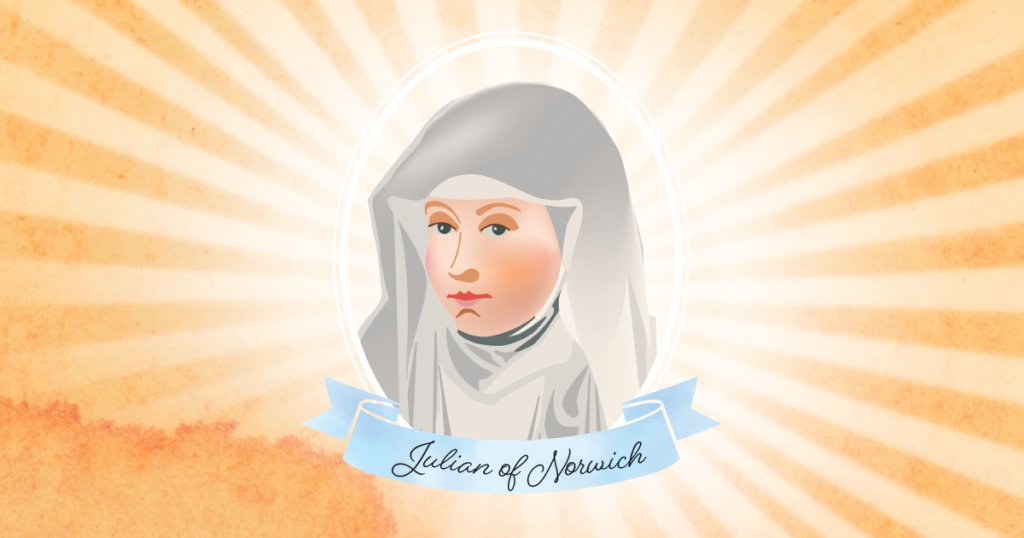
Julian of Norwich (1342-1416)
The church in the medieval world was controlled by a male hierarchy with, at times, an overemphasis on theology. A rational approach to Christianity downplayed both experience and the value of the individual before God. Mysticism arose as a response to that religious environment, although mysticism transcends both place and time.
One such mystic during this age was Julian of Norwich. She belonged to no convent or social order but was a single contemplative mystic (an anchoress) living in a cell built into the wall of the church in Norwich, England. Her writings are rooted in 16 revelations, showings that came to her on May 8, 1373. The sufferings of Christ and the nature of the Christian life dominate those revelations. Her writings were later expanded into an English religious classic titled: “Revelations of Divine Love.” Her concentration on the love of God rather than the anger of God, and her yearnings for God through prayer and contemplation, move a person closer and closer to divine union with God and the knowledge that “all shall be well.” Her life of solitude was at times interrupted by conversations with people who sought her counsel, but she remains a witness to the value of the individual before God.
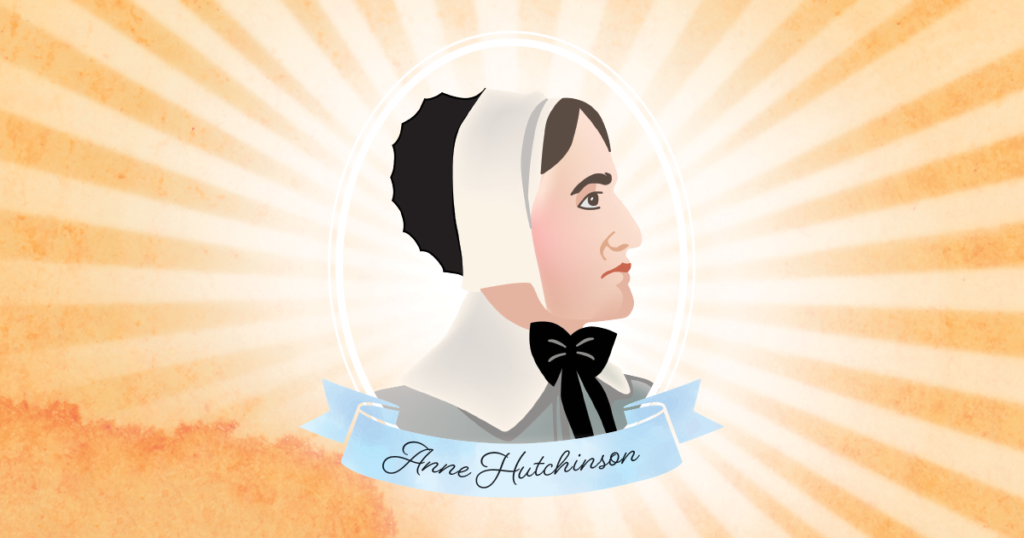
Anne Hutchinson (1591-1643)
Anne Marbury was married to William Hutchinson and moved to Boston in the New World with their 11 children when Anne was 43 years old. She had always lived a life of courage, bearing witness to the Christ whom she served. She was a Puritan and was a friend of the most influential Puritan of that time, John Cotton.
However, she did not conform to all the Calvinist doctrine of the Puritans, and especially argued her understanding of the relationship of law and grace. Such ideas were taught and discussed with both women and men in her home. The fact that a woman was teaching and preaching, combined with what John Cotton and others deemed to be false theology, left Anne and her family banished to Rhode Island, the colony established by Roger Williams on the foundation of religious liberty.
Some of the religious leaders continued to defame Anne Hutchinson, but her faith remained steadfast. One year after her husband’s death, and wishing to escape the endless meddling in her life by clergy in Massachusetts, she moved with her family first to Long Island and then to Pelham Bay, New York. Anne, along with her servants and most of her children, was killed by Native Americans in Pelham Bay in 1643. A statue honoring Anne Hutchinson stands outside of the Massachusetts State House in Boston.
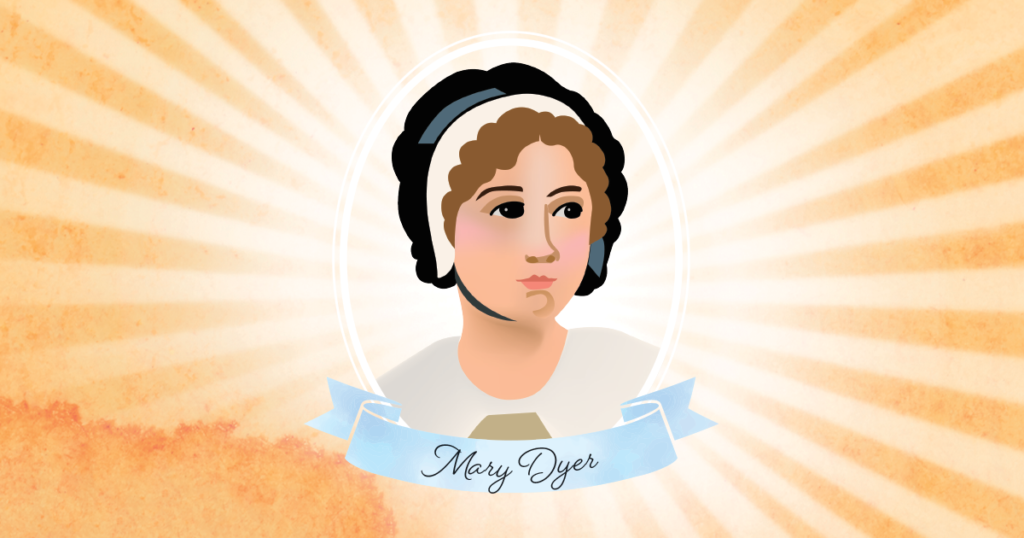
Mary Dyer (1611-1660)
Mary Dyer was a Puritan when she came with her husband, William, to Massachusetts and soon found herself a supporter of Anne Hutchinson. Like Anne, she fell into disfavor with the Puritans and fled with Anne and other sympathizers to Rhode Island in search of religious liberty. Mary Dyer returned to England from 1650 to 1657 and during that time became a member of the Society of Friends, scornfully known as Quakers, founded by George Fox in the 1650s.
The Puritans who had emigrated from England to Boston believed that religious heresy caused social instability. Retaining the divine social order meant that groups that did not conform to the religious beliefs of the Puritans had to be controlled. The Quakers spiritualized the Christian faith, criticized aspects of Puritan worship such as ordination, and lacked the theological precision demanded by the Puritans.
Therefore, upon her return to Boston, she was arrested, but released. She bore witness to what she believed were the biblical truths of Quakerism and visited other Quakers who had been imprisoned. The authorities who had put into place several anti-Quaker laws were disturbed by this woman of faith and her persistence in proclaiming the truths of Quakerism. In 1660, Mary Dyer was hanged on the Boston Common.
The sitting statue of Mary Dyer outside of the Massachusetts State House has this poignant quotation from the martyr: “My life not availeth me in comparison to the liberty of the truth.”
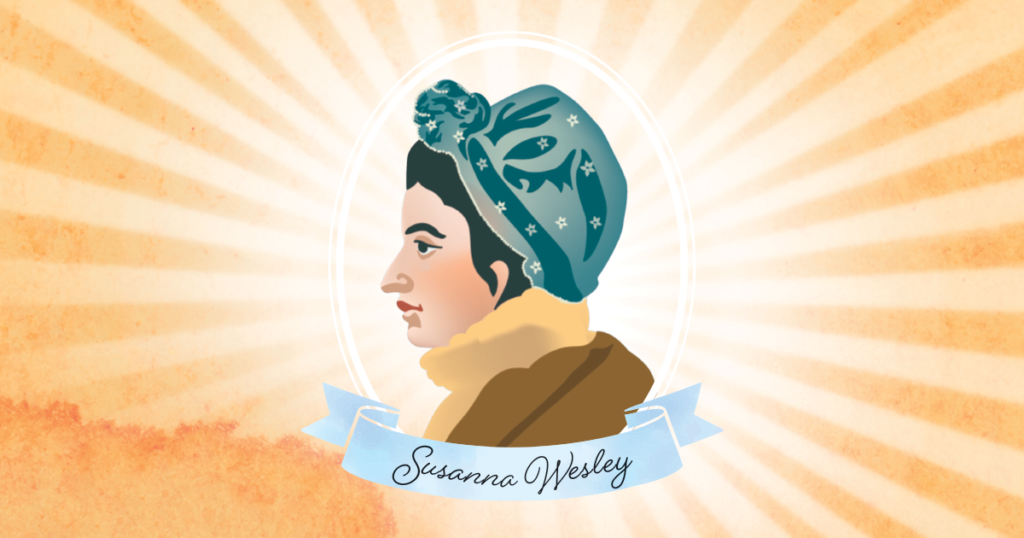
Susanna Wesley (1669-1742)
Susanna Wesley was born in London in 1669 and died in Bunhill, London, in 1742. She was the daughter of Dr. Samuel Annesley, a dissenting minister who did not conform to the Church of England, and under his tutelage learned ancient languages, such as Greek and Latin, and philosophy. She married Samuel Wesley, a curate in the Anglican Church, when she was 19 years old and in the first 20 years of marriage bore 19 children, 10 of whom lived beyond infancy. Of those 10, her sons, John and Charles, would have the most influence upon the history of the church as they shaped the Methodist movement that brought revival to the Church of England and beyond.
Susanna trained her children at home, instilling in both her daughters and her sons the virtues of learning and of developing the moral life. Self-will was to Susanna the deadliest of all sins and conforming the will of the child to the will of the parents was of religious value. When they became adults, they would readily conform their will to the will of God. At one point, when her husband was absent and Susanna could not endure the preaching of the substitute curate, she began to hold prayer meetings in her home with friends, not as a substitute for the Anglican service but as a supplement to it. Those meetings continued throughout her lifetime and undoubtedly influenced all who attended.
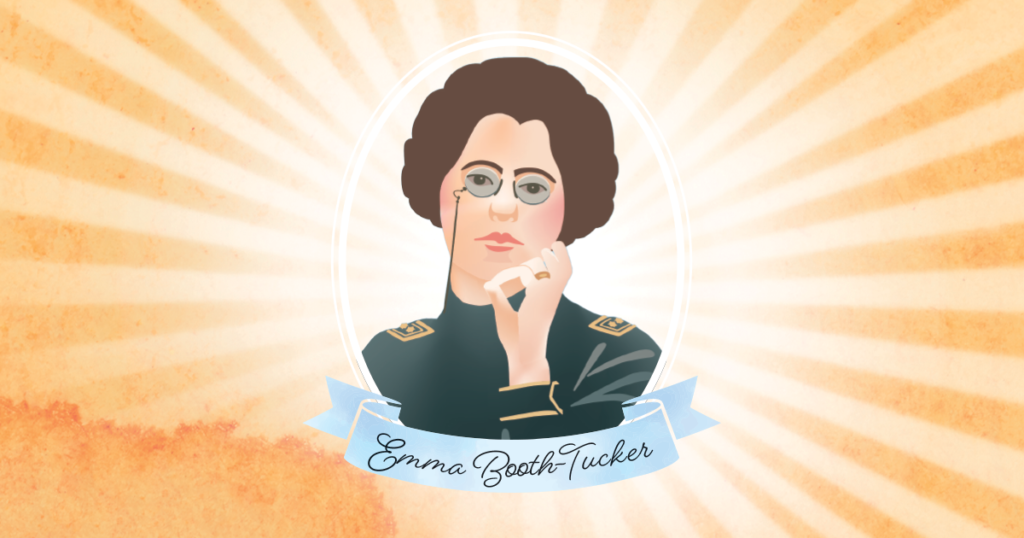
Emma Booth-Tucker (1860-1903)
William and Catherine Booth had eight children: three boys and five girls. Thanks to their parents’ insistence that both women and men were equally gifted by God for the ministry of the church, all the children became Salvation Army officers.
Some of the women in the Booth family are better known than Emma, but none was more admired by her parents or exhibited more grace than Emma. She was a woman handpicked by William Booth for leadership in the growing Army. Training colleges were needed for both men and women, and Emma, at the age of 20, was placed in charge of training the women cadets.
In 1888, she married Frederick de Latour Tucker. Emma bore nine children, six of whom lived to be adults. Emma and her husband served in India and England, and in 1896 moved to America to take over the work of The Salvation Army following the resignation of Ballington and Maud Booth. The Booth children not only were given the highest rank of officers, but also special titles. At this time, Emma was called “The Consul.”
The Booth-Tuckers worked tirelessly to regain the public’s trust after the resignation of their predecessors. The social ministry of the Army developed, including the establishment of Farm Colonies, designed by William Booth to give the urban poor legitimate work away from the teeming cities. Emma visited the Amity Farm Colony in Colorado, and on her way home by train was the only passenger to die in a train wreck in Dean Lake, MO in 1903. Her father, husband, children and others were inconsolable. Memorial services were held in Chicago and New York, and the funeral service in New York was conducted at Carnegie Hall.
Roger J. Green is the co-editor of Word & Deed, a journal of Salvation Army theology and ministry.







